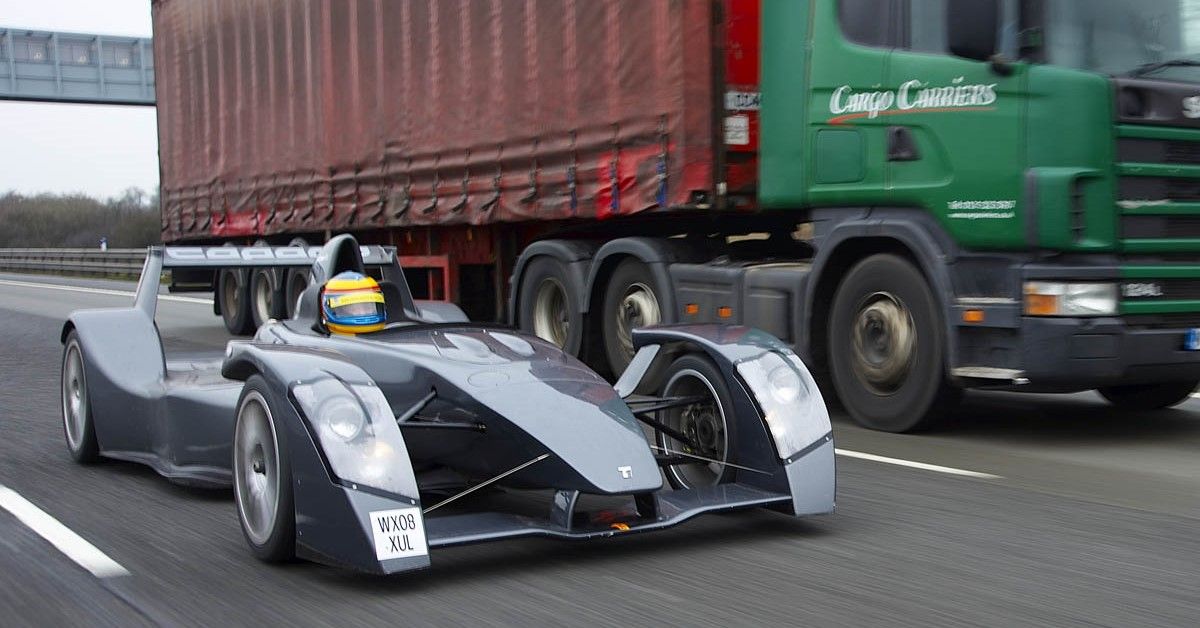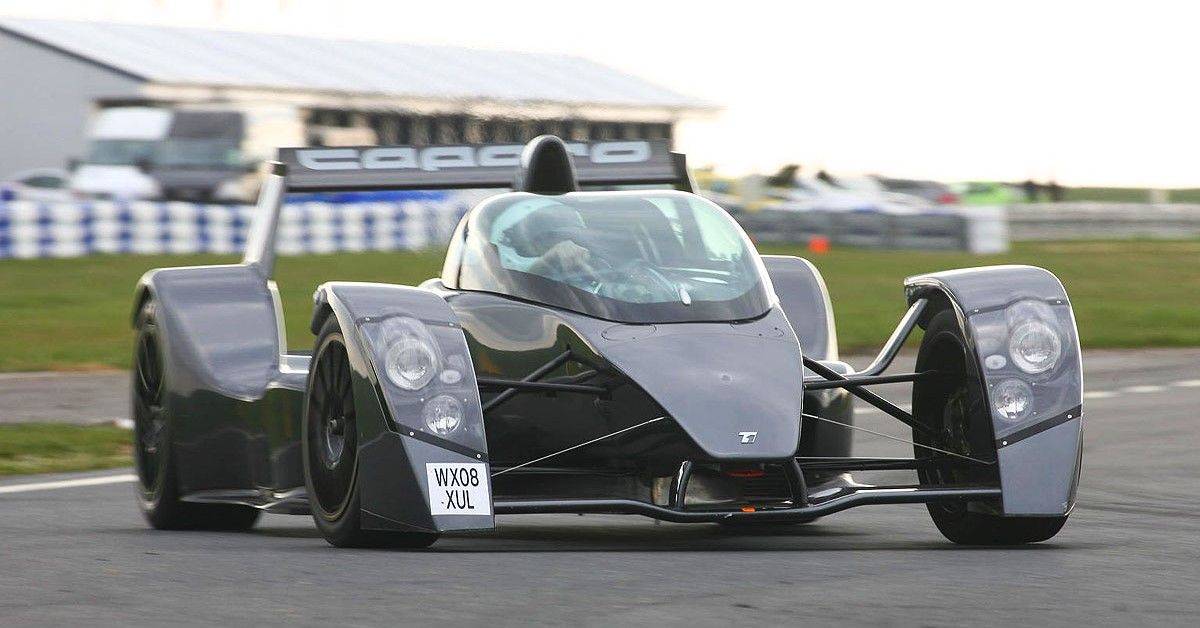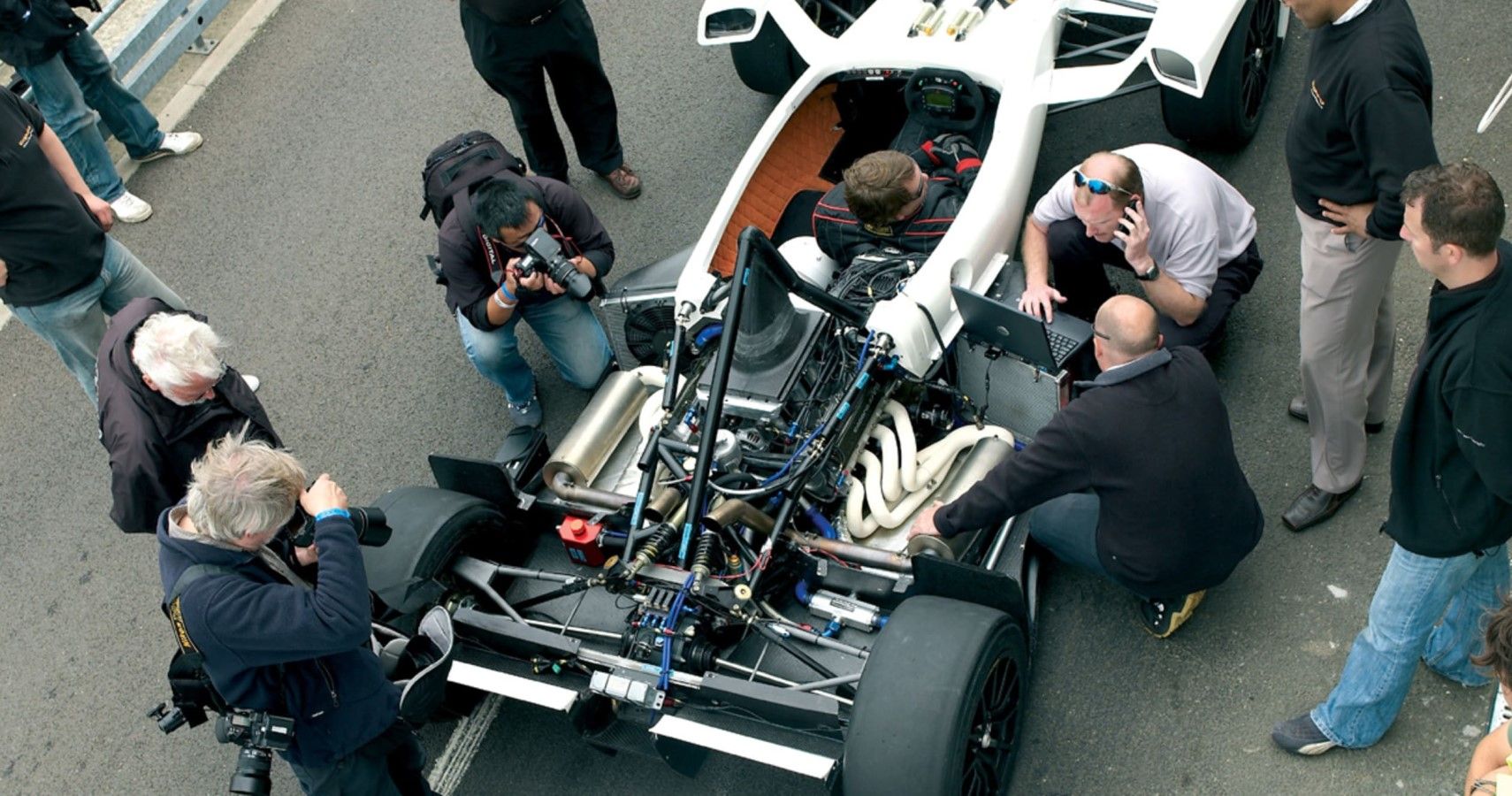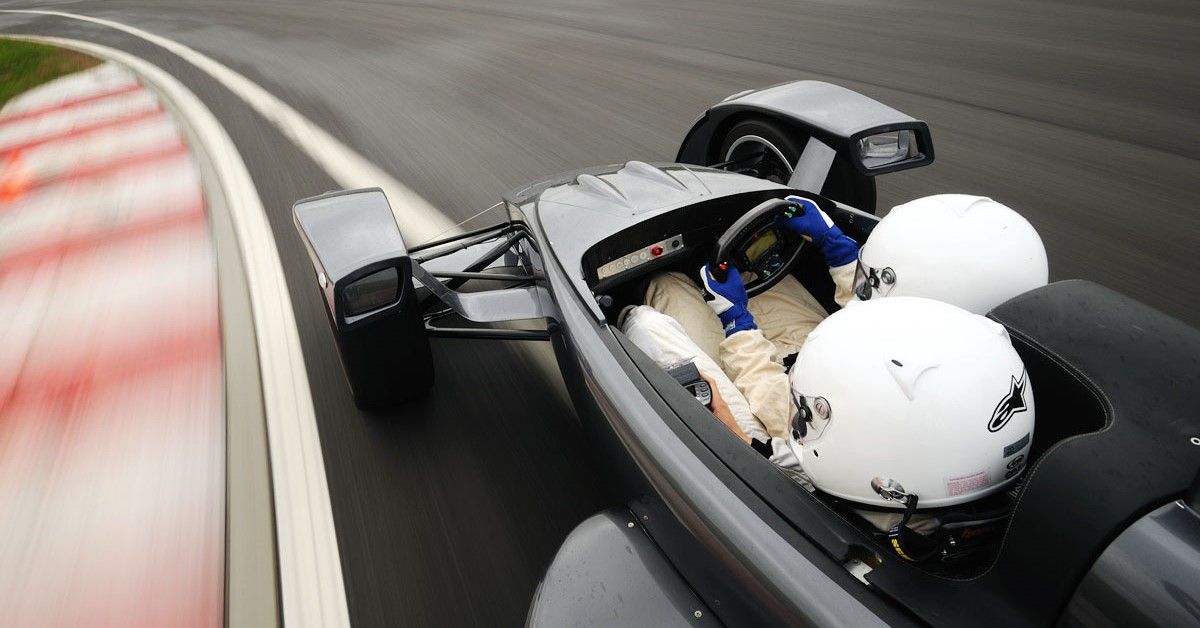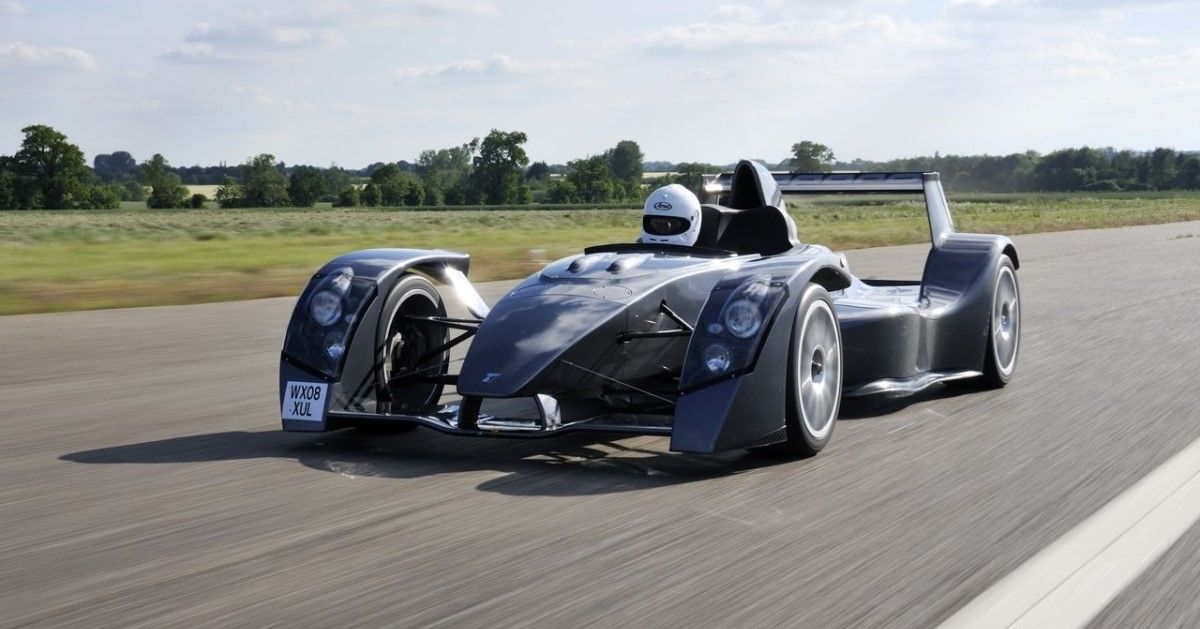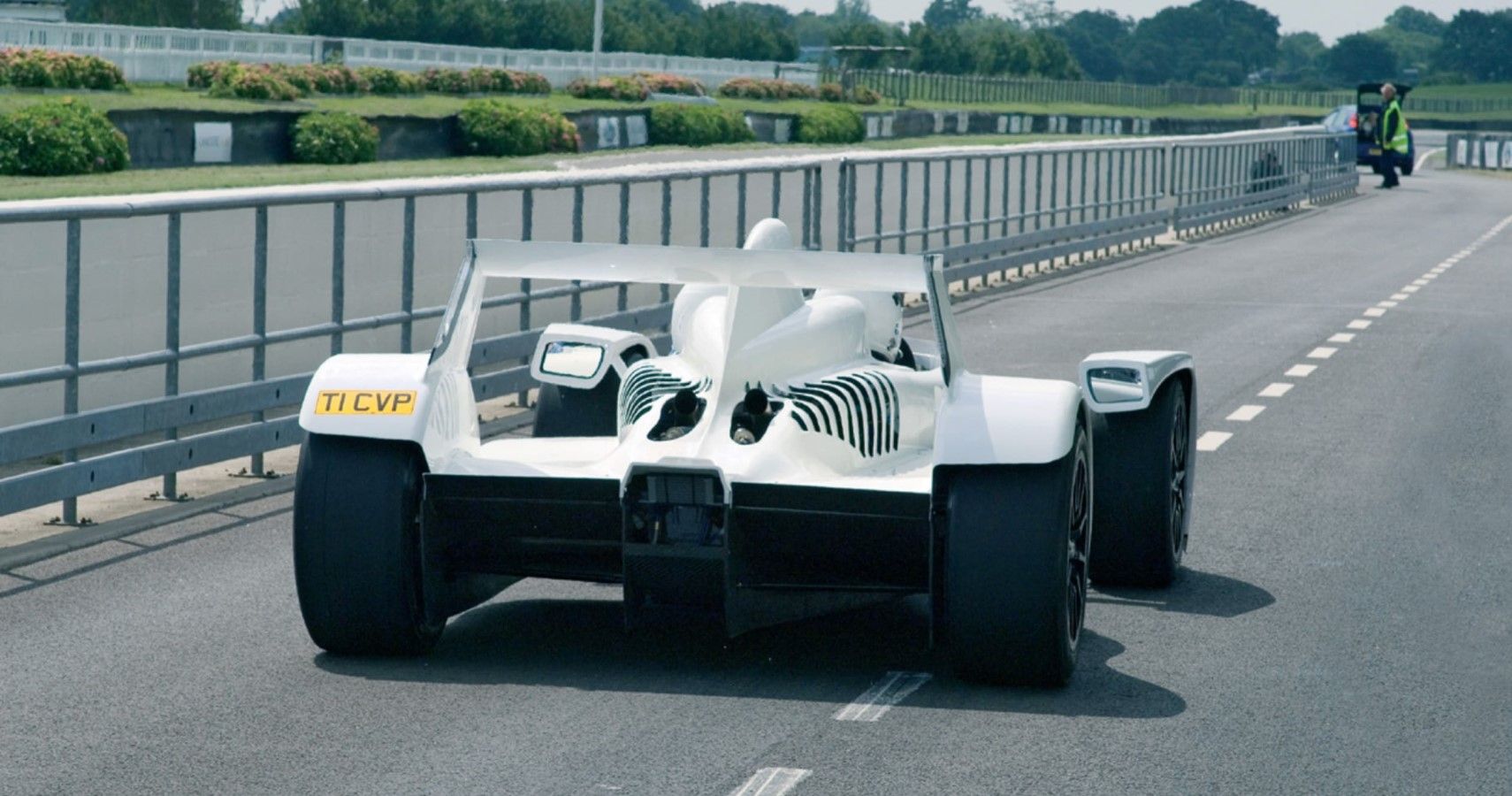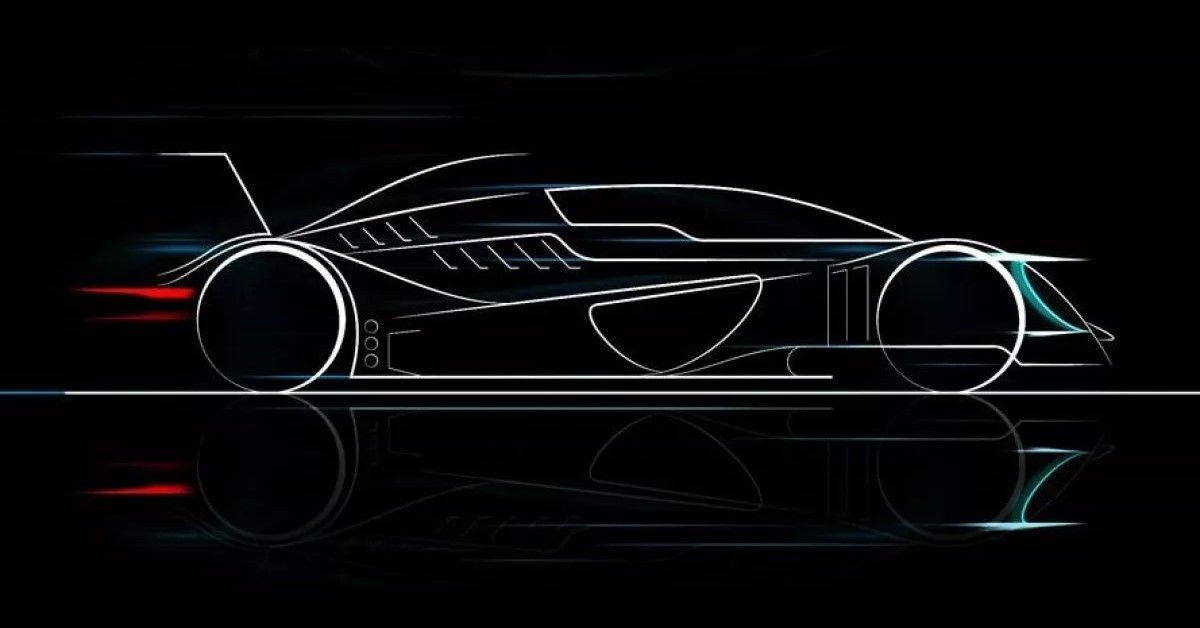Cars that talk to you are something of the past now! We have highly efficient and complex cars that can churn out over 1000 horses without breaking a sweat, but most of them lack the soul. Motorsports is the last resort for people who are all into experiencing the connection that was once the spark that everyone craved for.
But now and then, a new automaker pops up with a supercar that would rekindle the very essence of driving. The Caparo T1 was one such car, that was made to be wickedly cool on the track, and be a simple man-to-machine car. We won't blame you if 'Caparo' is alien to you, as the automaker had a very narrow period of existence. They sure did deliver a beautiful and purpose-built car with the T1, in this short period though.
But therein was the problem, the time at which it was introduced. People were just getting used to the concept of niche and extremely focused cars, and let's just say that the Caparo T1 was too early for a bird to fly. But that didn't stop this UK bred supercar awed onlookers when it was first unveiled at the 2006 Top Marque Auto Show in Monaco.
Caparo T1 Was Designed By The Minds Behind McLaren F1
Yes, the brains behind the development of the iconic McLaren F1 were involved heavily with the Caparo T1 as well. Caparo Vehicle Technologies was founded by Ben Scott-Geddes and Graham Halstead, engineers who were part of the development of McLaren F1. This in itself was a buzz among enthusiasts and the automobile industry, and the bar was already set high. The idea behind this machine was to create a purist's car with which they wanted to bring the world of F1 and its technologies on public roads.
Powered By A 578 hp NA V8 Taken From Infinit's Indy Racecar
The Caparo T1 packed a purpose-built 3.5L Naturally Aspirated V8 motor that pumped out 578 hp @ 10,500 rpm and 310 lb-ft @ 9,000 rpm. It used a 6-Speed sequential gearbox cased in magnesium, the whole component weighing in under 66 lbs.
It was made from a carbon-aluminum honeycomb monocoque chassis and had the rear sub-frame for the engine made in aerospace grade steel. The engine was built in-house but used a lot of shared parts from Infiniti's Indy racecar, which helped them have leverage on using funds for other extreme weight-saving components.
This Street-Legal F1 Car did 0-60 mph in 2.5 secs And Had A Top Speed Of 205 Mph
Caparo was built to be an extreme track-focused road car, and its curb weight of 1,100 lbs. cleared the air on this F1 engineered car's purpose. The Caparo T1 was not officially tested for acceleration or top speed but the company claimed this supercar to do 0-60 mph in 2.5 seconds and have a top speed of 205 mph.
The car was aerodynamically so efficient that it could corner at more than 3.0Gs, which will literally throw you out of the car, if not strapped in! 100 mph would come up in under 5 seconds and would produce a downforce of about 2000 lbs. which is about the weight of a Lotus Elise! Clearly, aerodynamics was taken very very seriously here.
Caparo T1, Supposedly, Could Be Driven Up-Side Down
Well, why not! The Caparo T1 had a power/weight ratio of over 1400 hp/ tonne. For comparison, the Bugatti Veyron Super Sport with over 1000 hp had about 636 hp/ tonne. Clearly, the use of extremely light materials had its perks. The aero on this thing was so rad, that Caparo claimed that the T1 would produce enough downforce at 150 mph to drive through a tunnel, upside down! Yes, just like the chilling Mercedes SLS AMG Coupe Advertisement from 2010!
All of this was claimed upon because of the highly adjustable suspension aero-bits including the front and rear wings. And the impressive fact that the car produced more power than its weight. Even with the first slated 480 hp engine, the car still weighed less at 1,036 lbs. (470 kg), thus fulfilling Caparo's goal of surpassing the T1 with 1,000 hp per tonne (1000 kg).
A Surreal Experience; The Closest You Could Get to Living With An F1 Car
Driving an F1 car is a dream of many which Caparo wanted to fulfill. And it wasn't a gimmick at all. The insane performance and engineering feats that had gone into it was a testimony to the same. In fact, the car was so prepared that you could on one fine sunny day drive to a racetrack and race the big dogs in the game, just like that!
The cabin was all focused to give the driver and the co-passenger the closest F1 experience ever. It was a pain-in-the-ass as well, quite literally. This was a true driver's car and clearly not for the faint-hearted. The car would get you so involved that you could tune the ECU and the dashboard data readouts included options for data logging. This streetcar could let you get a taste of what Michael Schumacher felt, and that feat is priceless.
The Mental 700 hp T1 Evolution Was The Caparo That Couldn't Be
The start was sluggish for Caparo T1. But as time went by, people actually understood the insane machine that it was and looked past its quite fidgety design language. To carry on with its insanity of making extreme road-legal F1 cars, the above image was teased in 2014.
It was of the supposed Caparo T1 Evolution that would pack 700 hp from a V8. The design was inspired by a Le Mans sports car with a concealed cockpit. A lot of mechanical changes were coming up and we would have seen this in flesh, if not for the turmoil Caparo went into, soon after its owner's untimely death in 2015.
Sources: Wired.com, Carmagazine.co.uk, Evo.co.uk, Supercars.net, Topspeed.com, Auto.howstuffworks.com, Wikipedia.org

